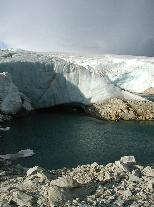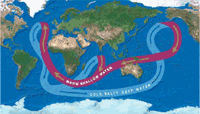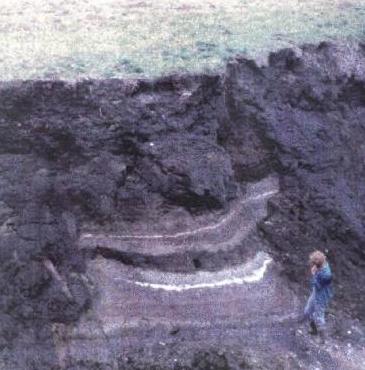 |
|
LAMONT-DOHERTY EARTH OBSERVATORY THE EARTH INSTITUTE AT COLUMBIA UNIVERSITY |
||
| Abrupt Climate Change | ||
| LDEO | ||
| Home | ||
| Divisions | ||
| LDEO Search | ||
| Abrupt CC | ||
| Home | ||
| Q&A | ||
| Contacts | ||
| Research | ||
| Links |
back to Q&A Dr. Peteet's Younger Dryas Images(click on photos to enlarge)
|
|
|||||

NGDC |
Modeling Observations Paleoclimate |

NAS Report on Abrupt Climate Change |

LDEO CORC/ARCHES Project |

The trigger for the Younger Dryas |

Cultural responses to climate change |

Solar influence on climate change |
Maintained by: Naomi Naik, Lamont-Doherty Earth Observatory of Columbia University
LDEO home | search | webmaster | site map | terms-of-use | support LDEO
Copyright © 2003 by The Trustees of Columbia University in the City of New York, Lamont-Doherty Earth Observatory.
All rights reserved.
